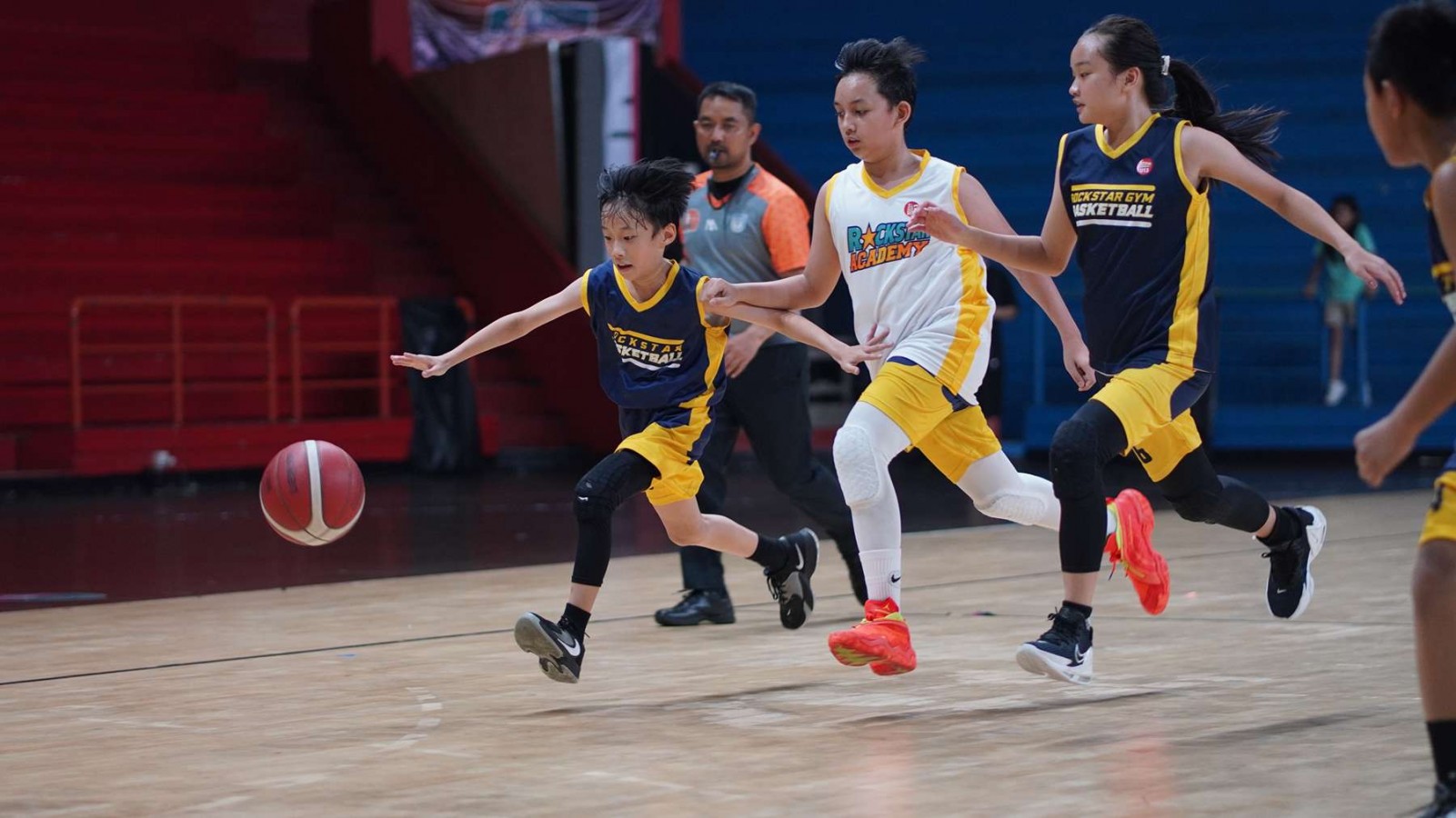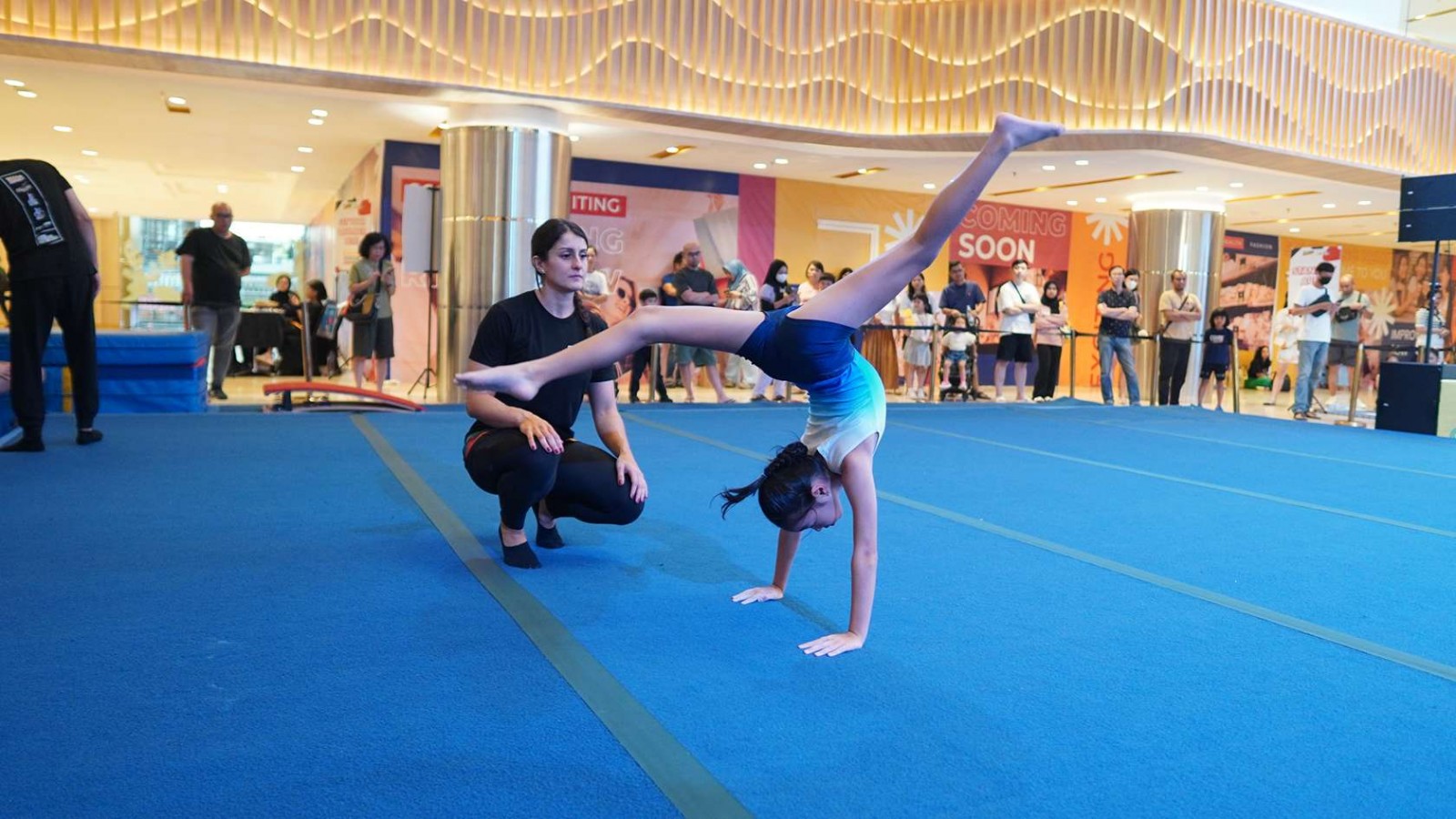Full Court Press Basketball: A High-Intensity Defensive Strategy

Now that we've covered strategies like man-to-man defense in a previous article, let’s dive into one of the most intense defensive plays in basketball—the full-court press! This strategy is known for its high energy and relentless pressure on the opponent, making it one of the most aggressive defenses out there.
In this article, we’ll break down everything you need to know about the full-court press, including its pros, cons, and different types. Get ready to see how this high-intensity defense can shake up a game!
What is a Full Court Press?
A full court press is a defensive strategy that applies pressure across the entire court. Unlike half-court defense, where players defend once the opponent crosses midcourt, full court press begins immediately after the ball is inbounded.
Players guard their opponents tightly, aiming to disrupt the offense, create turnovers, and prevent the opposing team from setting up their plays. This tactic demands quick reflexes, strong communication, and relentless energy, as defenders are often required to cover large areas quickly.
In basketball competitions, the full-court press isn’t always used throughout the game because it’s a serious energy-burner! However, it often makes an appearance in the final seconds when teams need to turn up the heat and put maximum pressure on their opponents. It’s an intense, high-stakes move that can change the game in a flash!
Pros and Cons of a Full Court Press
The full-court press comes with some big pros and cons that teams need to weigh carefully. While it can seriously drain players' energy, there’s also the risk of leaving openings for the opponent to score if the strategy slips up. Here’s a quick look at the key pros and cons of this intense defense tactic:
1. Pros
- Increases Turnover Opportunities
The full court press’s primary goal is to create turnovers by pressuring the ball handler and denying easy passes.
- Dictates Game Pace
This strategy forces the offense to play at a faster tempo, which can lead to mistakes and rushed shots.
- Momentum Building
Successfully executing a full court press can energize the team and crowd, creating momentum and psychological pressure on the opponent.
2. Cons
- Energy Intensive
Constant movement, sprinting, and trapping require players to have excellent stamina, as fatigue can quickly set in with this high-intensity strategy.
- Risk of Easy Baskets
If the press is broken, the opposing team may have an open path to the basket, leading to easy scoring opportunities.
- Vulnerable to Skilled Ball Handlers
Teams with strong ball handlers and quick passers are better equipped to break a full court press, potentially rendering it less effective.
Key Principles of a Full Court Press
To succeed with a full-court press, players need more than just high energy—they need to be smart, quick thinkers who can read the game as it unfolds. Let’s break down the key elements to nailing this strategy:
A. Ball Pressure
From the second the opponent inbounds the ball, defenders need to put pressure on the ball handler. Staying low, moving quickly side-to-side, and avoiding fouls helps keep the pressure up. For example, a defender might “shadow” the ball handler, mirroring their movements and making it difficult for them to find an open teammate.
B. Trapping in Key Areas
Trapping is most effective when done in specific spots, like corners or along the sideline, where the ball handler has limited options to move or pass. Timing and position are everything here.
Think of it like creating a “wall” with two defenders in a corner—the ball handler is boxed in, and this can lead to a quick turnover if done right. However, poorly timed traps can let the ball handler slip by and create an open shot.
C. Anticipation and Interception
Defenders need to predict where the ball is likely to go next and get ready to intercept passes. This requires sharp court vision and quick reflexes. For instance, if a player sees the ball handler glancing at a teammate down the court, they might step into the passing lane, intercept the pass, and immediately launch a fast break.
D. Rotational Awareness
When one defender goes in for a trap, other players need to rotate and cover open offensive players. This rotation ensures that no one is left unguarded. Imagine two defenders trapping the ball handler in the corner and another defender has to slide over to cover any potential pass options, keeping the pressure on the entire offense.
E. Communication
Talking to teammates is key in a full-court press. Good communication helps players coordinate traps, rotate positions, and switch assignments quickly. Without it, defenders can end up out of position, leaving the offense with an easy shot. A simple “switch” or “trap left” call can make all the difference in staying organized and effective.
Types of Full Court Press Strategies
Different types of full court press strategies exist, each with unique tactics and positioning. Here are some of the most commonly used full court press strategies in basketball:
1. Man-to-Man Full Court Press
In a man-to-man full court press, each defender is assigned an opponent to guard closely across the entire court. This strategy aims to prevent easy passes, forcing the ball handler to advance the ball under intense pressure.
This strategy works best for teams with quick, adaptable defenders capable of closely guarding their opponents, but it demands high energy and can become exhausting if used for extended periods.
2. Zone Full Court Press (1-2-1-1 Press)
In a zone full court press, players defend designated areas rather than specific opponents. The 1-2-1-1 press, for example, positions one defender near the inbounder, two in the midcourt, one at the frontcourt, and one as a safety. The goal is to trap the ball in certain areas while controlling passing lanes.
Ideal for interrupting passing lanes and trapping opponents along the sideline, this strategy can be challenging as it requires precise rotations and is susceptible to swift, accurate passes.
Go Try This Defense!
The full-court press is a high-powered defensive strategy that requires tons of energy, quick thinking, and sharp awareness. When done right, it can completely throw off the opponent's game, force turnovers, and pump up the defensive team.
But be careful—if it’s not executed properly, it leaves room for the opponent to score easily. That’s why this strategy is usually saved for the last seconds, as it’s energy-intensive and risky!
To master this strategy, it’s essential to build a strong physique and solid skills, and taking basketball classes can help. At Rockstar Academy’s Sports & Performing Arts Academy, students can join basketball classes where they’ll learn everything from the basics to advanced defensive drills like the full-court press.
Plus, they’ll have the chance to showcase their skills in events like RockOlympics and the Elite Championships. Ready to give it a try? Sign up for a free trial class and experience the action firsthand!
FAQ
What are the main benefits of using a full court press in basketball?
The full court press can disrupt the opponent's offense, create turnovers, and force a faster game pace. It is especially effective against teams that struggle with ball handling and passing under pressure.
When should a team avoid using a full court press?
Teams should be cautious about using a full court press if they lack the stamina to maintain pressure or if facing an opponent with strong ball handlers who can easily break the press. It’s also less effective against disciplined teams with excellent passing.



